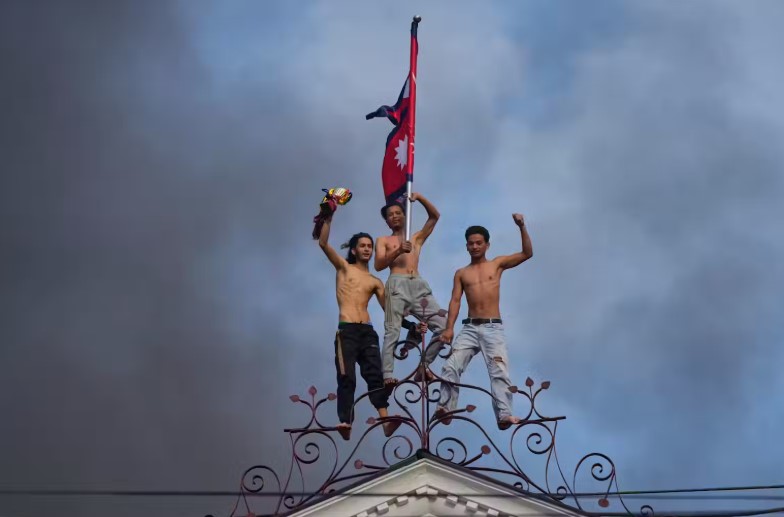The September 2025 protests in Nepal will be remembered for their intensity and their outcome. Generation Z, the country’s restless youth, poured into the streets, demanding dignity and accountability. They succeeded in forcing the government to lift its controversial ban on social media, Prime Minister K.P. Sharma Oli resigned, and an interim administration led by former Chief Justice Sushila Karki promised reforms. On the surface, this was a victory for the youth. But beneath the celebrations lies a sobering reality: the protests may have created new reasons for migration that could shape Nepal’s future in unexpected ways.
For decades, migration from Nepal was explained mainly through economics. People left to work in the Gulf, Malaysia, or increasingly in the West. The motivation was simple: local opportunities were scarce, while remittances could sustain entire families. But after the protests, the reasons are shifting.
First, there is disillusionment with reform speed. Protesters saw the government fall, but they also saw how fragile leadership can be. Promises of jobs and anti-corruption drives sound familiar, but they know implementation is slow. For many young Nepalis, waiting another decade is not an option. As one university student in Kathmandu remarked:
“We shouted in the streets because we love this country, but if nothing really changes, the only option left is to leave.”
This raw frustration captures why migration has now become a political decision, not just an economic one.
Read More: Has India Kicked China Out of Nepal? Why Pakistanis Can’t Bring Change?
Second, trauma and insecurity are now push factors. The protests were not peaceful rallies alone; they left more than 70 people dead and thousands injured. Families who lost loved ones or saw their children beaten are unlikely to trust the state again. Violence leaves scars, and for many, the instinct is to build a life somewhere more stable.
Third, the protests exposed the fragility of freedoms. When the state shut down social media, it reminded young people that their rights could vanish overnight. Even though the ban was reversed, the memory lingers. Migration, in this sense, is not about higher salaries it is about living in societies where basic freedoms are less precarious.
Interestingly, it was not just ordinary youth who considered leaving. During the peak of unrest, sections of the elite also prepared exit plans. Business families explored shifting assets abroad, bureaucrats looked for foreign opportunities for their children, and politicians discussed backup options. For them, the push factor was fear of losing privilege in a shaken system. When both ordinary citizens and elites see migration as insurance, the challenge is deeper than unemployment — it is about faith in the future of the state itself.
So, what does this mean for Nepal as a country? The consequences are serious. Already, remittances make up nearly 30 percent of GDP. If migration accelerates after the protests, this dependence will deepen, masking structural weakness but draining the country of its most active generation. Nepal risks a brain drain at precisely the moment when it needs educated, engaged citizens to rebuild. Universities will lose their best students, businesses their young innovators, and politics its critical voices.
The state also faces a governance crisis. If protests become a cycle — rising, achieving limited victories, and then ending with migration — accountability will weaken. Those who could have pressured leaders to deliver reforms will instead be sending money from abroad. The country may enjoy foreign exchange, but it will lose the political energy necessary to make reforms real.
Read More: What is Happening in Nepal?
Finally, Nepal risks becoming a country of exits, not choices. When young people see migration not just as an opportunity but as the only rational plan, hope at home collapses. Even elites leaving during unrest sends a signal: if those with power and privilege don’t trust the system, why should the ordinary citizen? That perception alone can drive more people to pack their bags.
The protests were a reminder of the courage of Nepal’s youth. They showed that voices can topple governments and win back freedoms. But courage must be met with credible reform. If the interim government delays or disappoints, the victory of September 2025 will be remembered not as a renewal of democracy but as the moment a generation decided to leave.
Nepal cannot afford this. If country does not make actual reforms, then the chants of Gen-Z on the streets will echo in empty villages, hollow universities, and a future shaped not in Kathmandu, but in foreign lands where the country’s best minds choose to live. A nation can survive without one prime minister, but not without its young.
A country can replace leaders, but it cannot replace a generation that leaves.














